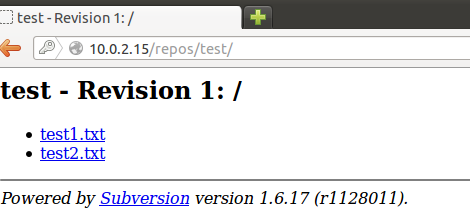

Not only do you get access to svn.exe, but you also get a whole host of other goodies, such as diff and scp that can be useful, depending on what it is you do. Theraze has already mentioned cygwin and I would strongly recommend that. If all you have done is install tortoise, you won't have SVN.exe on your machine. However, it does expect you to have SVN already on your machine. If you have installed tortoiseSVN, then well done! It's a useful client, especially if you plan on modifying the code yourself. The advice above is all correct and sound, but I don't know your level of knowledge, so will go back to the basics. Personally, I blame the lack of good, clear online guides - too much info is available for server installations without clearly differentiating. TortoiseProc.exe is not a replacement for SVN command-line client.SVN can be troublesome to install the first time if you aren't used to it. In most cases, you do not need to use this tool, because it should be only used for GUI automation. TortoiseProc.exeĪpart from svn.exe, TortoiseSVN comes with TortoiseProc.exe that can be called from command prompt. %PATH% must include the path to SVN tools directory e.g. If you have SVN command line tools installed on your system, but still get the error 'svn' is not recognized as an internal or external command, you should check %PATH% environment variable.

If you want to get SVN command line tools without having to install TortoiseSVN, check the SVN binary distributions page or simply download the latest version from VisualSVN downloads page. TortoiseSVN 1.6.x and older versions did not include SVN command-line tools, but modern versions do. If you want to run Subversion commands from the command prompt, you should run the svn.exe command line client. What should I do or can't TortoiseSVN be used from the command line? svn.exe There is a confusion that is causing a lot of TortoiseSVN users to use the wrong command line tools when they actually were looking for svn.exe command line client.


 0 kommentar(er)
0 kommentar(er)
